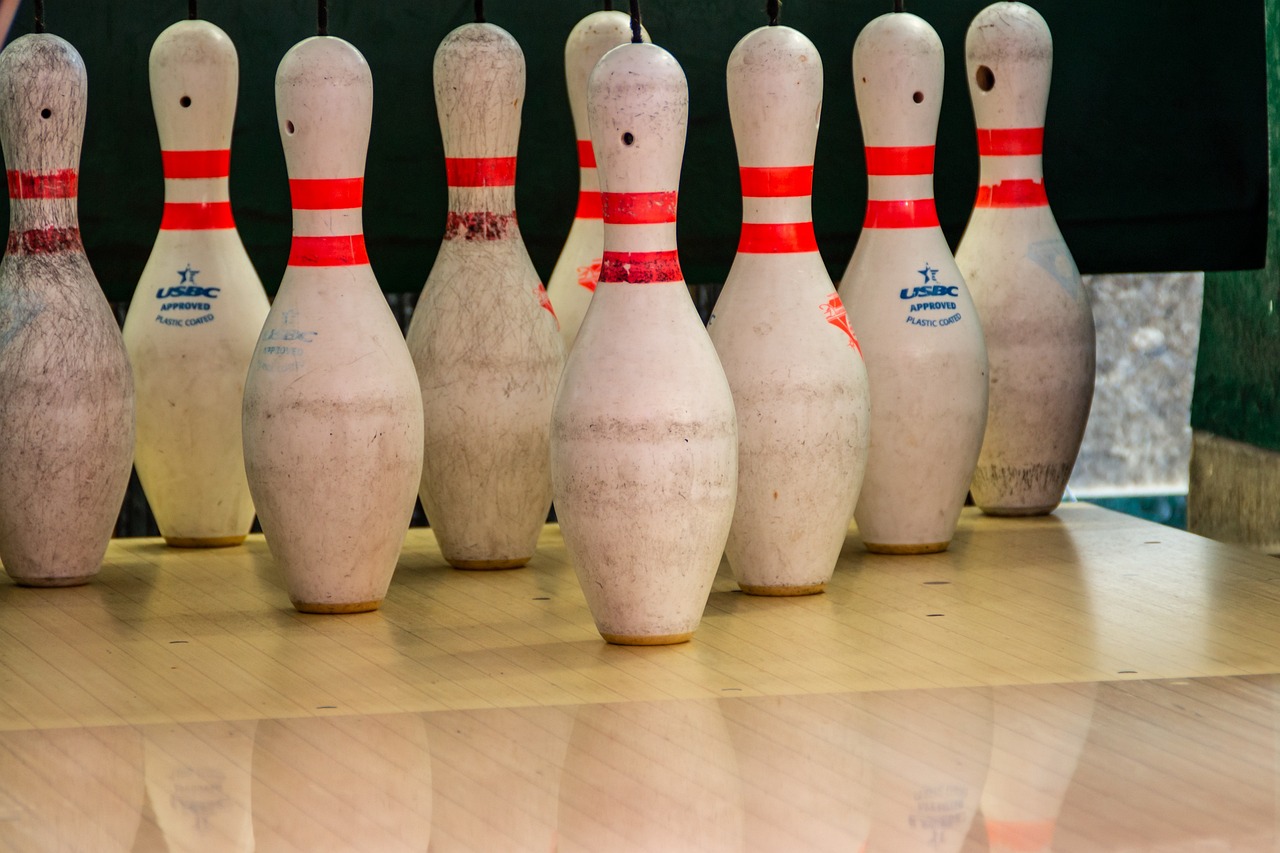Introduction
If you’re looking to up your bowling game, learning how to spin a bowling ball is one of the most important skills you need. Spinning the ball correctly can help you achieve higher scores and greater accuracy, so mastering this skill is essential for any bowler. Read on to learn more about spinning a bowling ball, including tips on getting started and different techniques that can be used.
Getting Started with Spin Bowling
Before attempting to spin your bowling ball, it’s important that you have the right equipment. Make sure you have proper shoes with good grips and a high-quality glove or wrist support device that will reduce friction as much as possible while still providing enough control over your movements. Additionally, practice using lighter balls until you become comfortable enough with technique before progressing onto heavier ones.
Techniques for Spinning Bowling Balls
Once equipped properly there are several techniques for spinning a bowling ball: thumbless grip (also known as fingertip approach), back swing/release method, two-handed throw, cranker style release and flip release technique (which requires releasing the ball at an angle). Thumbless grip is where all four fingers are placed into holes of the bowling ball and backswing/release method uses momentum created from swinging towards target point in order to create spin upon release from near shoulder height; this technique also helps prevent excess body movement which could affect aim accuracy negatively.
Two-handed throw involves using both hands simultaneously but differently – left hand remains stationary while right hand creates momentum by pushing forward during delivery while keeping elbow close to body at all times; then when reaching peak speed just before releasing let go of left hand allowing right arm full range of motion during follow through whilst maintaining correct posture throughout motion – this helps ensure maximum power behind each roll without sacrificing precision aiming ability due to sudden changes in direction mid-throw. Lastly cranker style release utilizes wrist strength alone whereas flip releases involve angling bottom half of bowlers’ palm away from target point slightly so it faces down instead – this causes rotation upon outlet creating spin effect on impact with pins; flips require quick reflexes however and should only be attempted after thorough practice has been undertaken beforehand!
Conclusion
Spin bowling takes time and practice but can greatly improve accuracy if done correctly – start off with light weight balls until familiarized then work up gradually adding more powerful throws into mix when confidence increases along way. Different methods such as thumbless grip, back swing/release method etc all offer unique advantages depending situation or preference – take time exploring various options available until find one works best for individual needs then focus solely improving those specific elements further! With dedication eventually develop own personal style that turns strikes every time!

